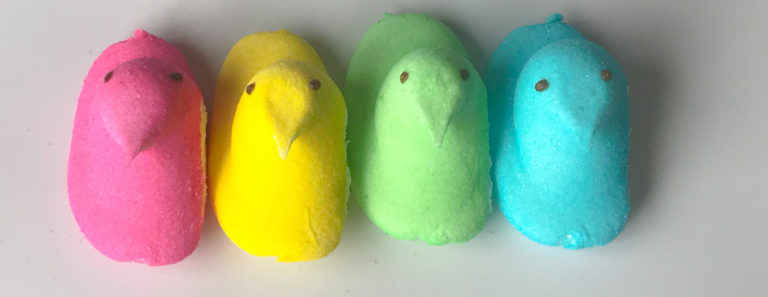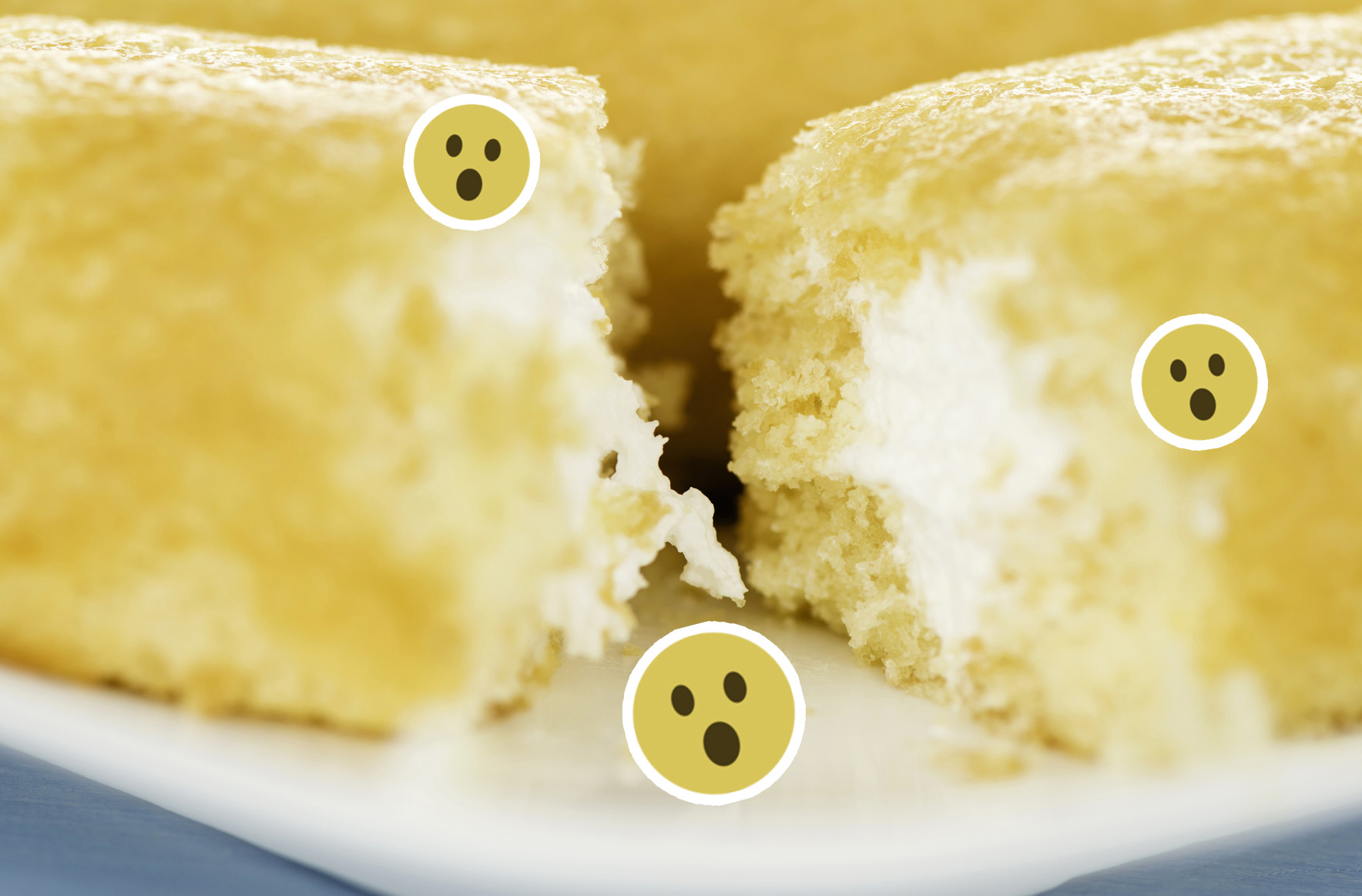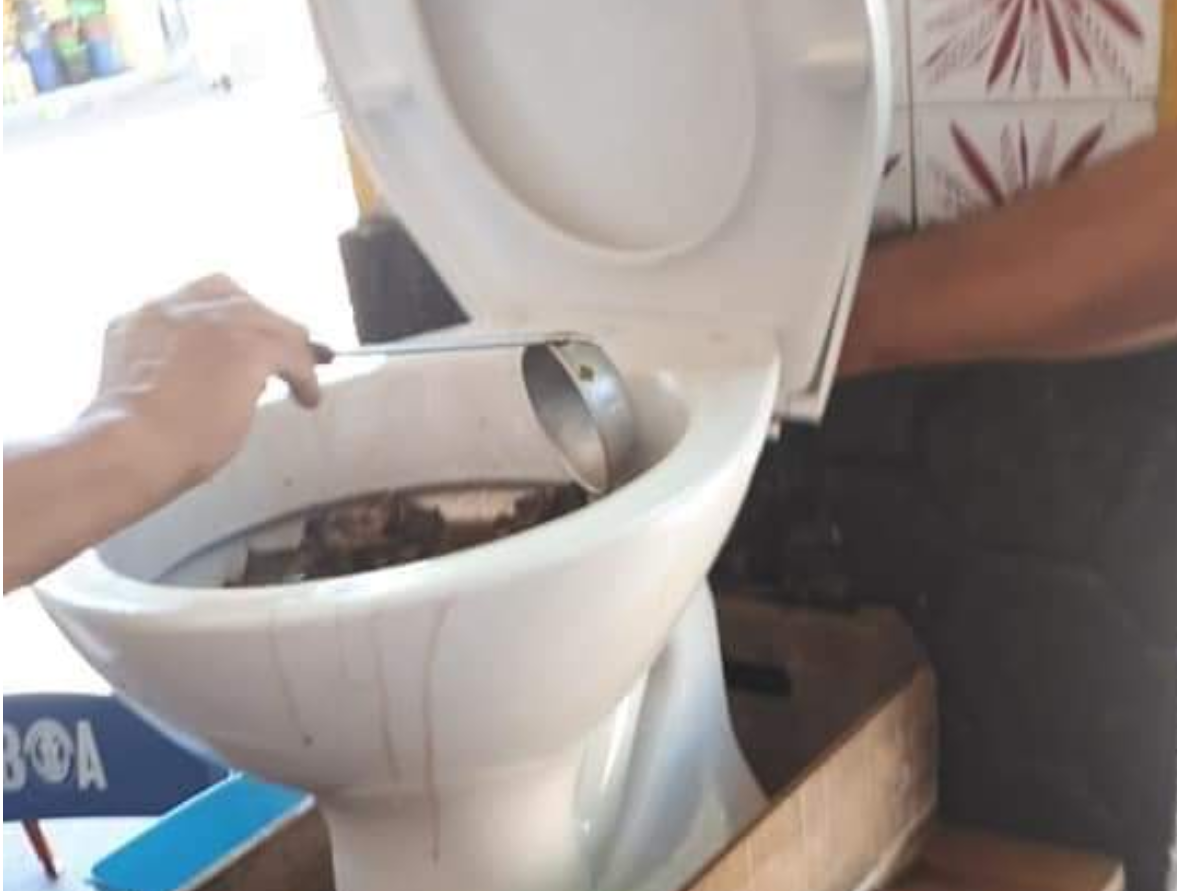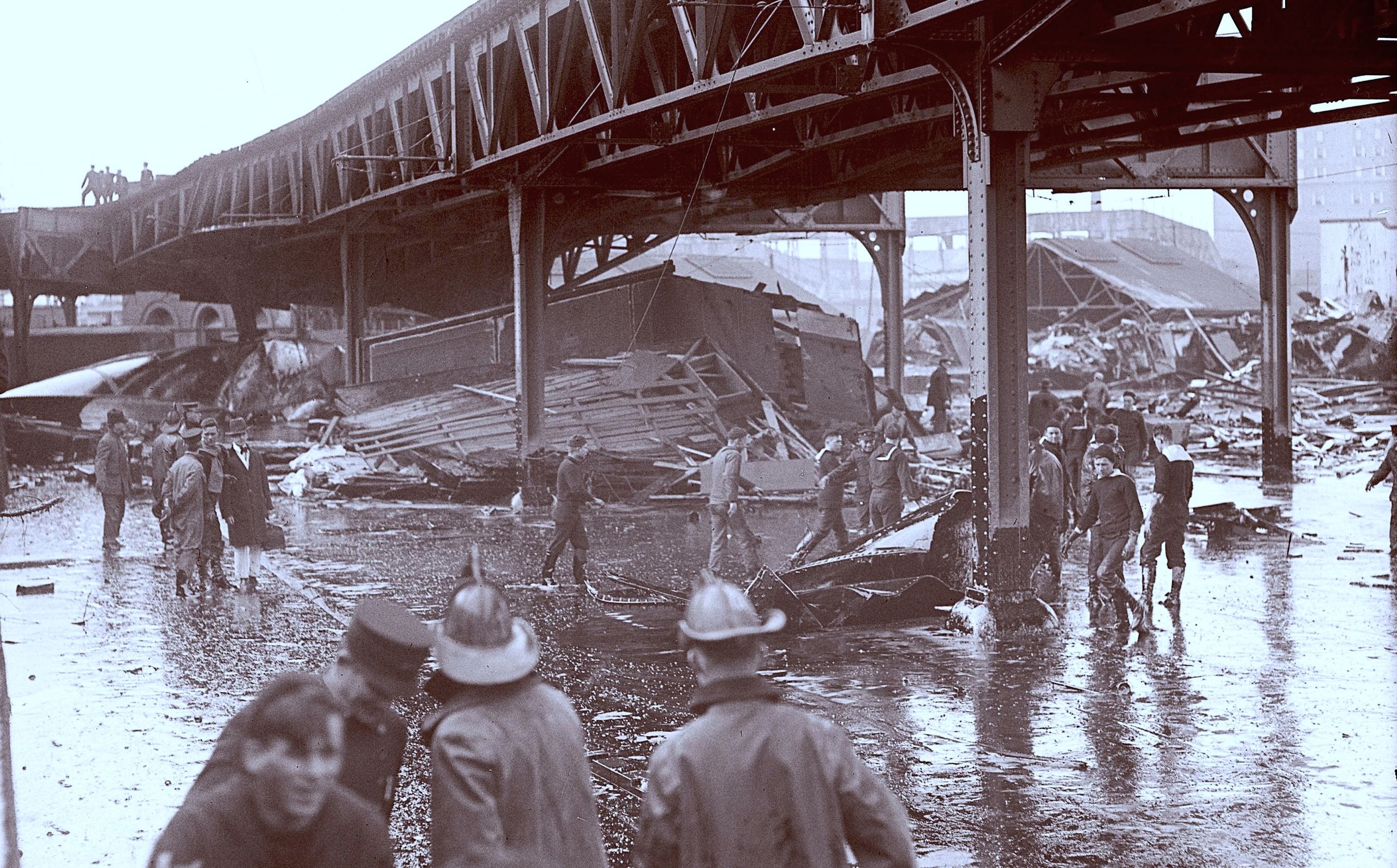It’s hard to imagine a world (or kitchen) without snacks. They’re fun, delicious, and perfect when you just want a small bite to eat. It also doesn’t hurt that most snacks are convenient and great for traveling. And while we can’t deny the importance of breakfast, lunch, and dinner, there’s something special about the almighty snack. So, you can be sure that we’re obsessed with learning about how snacks are made.
For example, do you know how the white part of a candy cane gets its color? Or how cheese puffs get their puff?
It’s likely that these questions have never crossed your mind. And hey, we don’t blame you! It’s easy to overlook these things when you’re a consumer. We only see the final products in all its packaged glory. But before these snacks can reach our grocery stores and stomachs, there’s a lot that has to happen first.
In this roundup, we’ll talk about 11 popular snacks and the techniques that make them possible.
If you’re a fan of the show How It’s Made, or if you simply love to make food, you’re in the right place. And, at the very least, you’ll have some fun food facts to share with other foodies.
1. M&Ms
M&Ms might be tiny, but they go through a lot before they’re ready to eat.
First, the liquid ingredients are mixed together then repeatedly heated and cooled. This process, which is called tempering, helps strengthen the cocoa crystals. It’s essential for making M&Ms durable and hard.
And that’s not all.
The chocolate is then crushed up into a powder, mixed with cocoa butter, and formed into tiny bite-sized candies. Finally, the chocolates are tossed in several coatings of color. Without these candy layers, the M&Ms would melt in your hand!
2. Frozen Sticky Buns
Everyone likes these.
But if you’re a real sticky bun fan, you’ll want to watch check out this video by How It’s Made. The dough is initially mixed and kneaded several times by a machine. But have you ever wondered how the spiral bun is constructed?
The machine literally rolls up the dough into one enormous log, and it’s the most beautiful thing we’ve ever seen.
Here’s the thing; when you buy pre-packaged or frozen sticky buns, it’s easy to assume they came from an average-sized roll. The reality is much sweeter, though. We love the idea of a never-ending sweet dough.
3. Pringles
These chips are iconic.
In fact, Pringles are known for their duck beak shape, but the design isn’t just about aesthetics. No, the Pringle creators wanted stackable potato chips. Most potato chips are made from sliced potatoes. Pringles, however, are made by mixing potato flakes, water, and cornstarch.
The prep process is intense.
The mixture is then rolled into a long potato sheet, which is cut into ovals. The ovals are placed on concave pieces of metal, which gives the chips their curved shape. Finally, the chips are fried in oil for 11 seconds.
4. Cheese Puffs
It seems like these would be simple to make.
And thanks to their iconic crispy texture, it’s easy to eat cheese puffs without a second thought. As it turns out, though, the process for making them involves thermodynamics, which makes them sound like a super cool science experiment.
To make cheese puffs, the dough is placed under high heat and high pressure.
When the batter is exposed to the atmosphere, the pressure quickly drops, and the water in the dough flash-evaporates. Then the mixture runs through a heated machine. Once it exits the machine, the snack puffs up with air and becomes a piece of goodness.
5. Crunchy Cheez Doodles
Like cheese puffs, crunchy Cheez doodles involve dough and thermodynamics.
But unlike their puffy counterparts, crunchy Cheez doodles aren’t allowed to puff up when they leave the machine. Instead, the doodles are vigorously spun around, so they stay flat and crunchy. The crunchy doodles then receive their coat of that infamous powdered cheese mixture.
6. Rainbow Sprinkles
These itty bitty candies actually have a more extensive production process than you might imagine.
Rainbow sprinkles start out as dough made of shortening, sugar, and food coloring. Depending on the color of the sprinkle, different amounts of food dyes are mixed into the dough. Bright pink sprinkles, for example, tend to have varying amounts of three colorants.
And how do sprinkles get to be so small?
Candy manufacturing machines push the dyed dough through tiny holes, creating hundreds of noodle-like strands. Once the dough dries, another machine tumbles the huge sprinkle block around, breaking it up into tiny pieces.
7. Jelly Beans
When it comes to making jelly beans, the mold is the most intriguing part of the process.
Interestingly, jelly beans aren’t made with a candy mold that’s used over and over again. The process actually starts with large trays of powdered starch. A layer of metal presses into the starch, leaving jelly bean-shaped impressions.
And how do they fill the beans?
Manufacturers pour liquid sugar into the starch molds to make the jelly bean centers. Once the mixture dries, the centers of the candies are separated from the re-usable starch. The centers are then covered with layers of food dye, flavoring, and more sugar.
8. Shredded Wheat Cereal
Shredded wheat cereal is made of, well, shredded wheat.
But do you know how they’re formed into those famous little squares? The process starts with raw wheat kernels. After the kernels are cooked with both water and steam, they’re sent between two rollers, which turns the kernels into thin strands. Next, layers of wheat strands are placed on top of each other. Finally, the resulting sheet is baked, toasted, and cut into pieces.
9. Pre-Packaged Sandwiches
Now, most people might not consider a sandwich to be a snacking favorite.
But thanks to the rather surprising way pre-packaged sandwiches are made, we couldn’t help but add them to the list. A segment on How It’s Made shows factory workers assembling ham and cheese sandwiches for various retailers.
But there’s a catch.
Some workers apparently add shredded cheese with their hands — and they’re not wearing gloves. Obviously, not every pre-packaged sandwich is made like this. But we definitely have a new appreciation for sandwiches that are made right in front of us.
10. Candy Canes
Candy canes are much like other hard candies.
These striped holiday candies begin with a large batch of sugar, corn syrup, and water. Once the mint flavoring is added, the mixture is repeatedly folded and pressed to evenly distribute the flavor. Next, a machine pulls the sticky candy around a metal pole.
This process incorporates air into the mixture, which turns the candy into a bright white color. Pretty cool, right?
The white sweet is then layered in between two slabs of red candy. This candy log is sent through a series of rollers and wheels and formed into one long rope. Another machine twists the rope before it’s sliced and hardened.
11. Peeps
These aren’t the most complicated candy to make
To make marshmallow Peeps, manufactures only need a few ingredients – sugar, gelatin, water, and air. The resulting marshmallows go directly onto a sheet of colored sugar. Next, a “sugar shower” covers the Peeps in an even layer of sugary goodness.
And what about the candy eyes?
A machine with a special sensor makes sure the eyes are placed correctly. The entire process takes six minutes. Back in the day, though, it used to take 27 hours to fully make the gooey candies!








